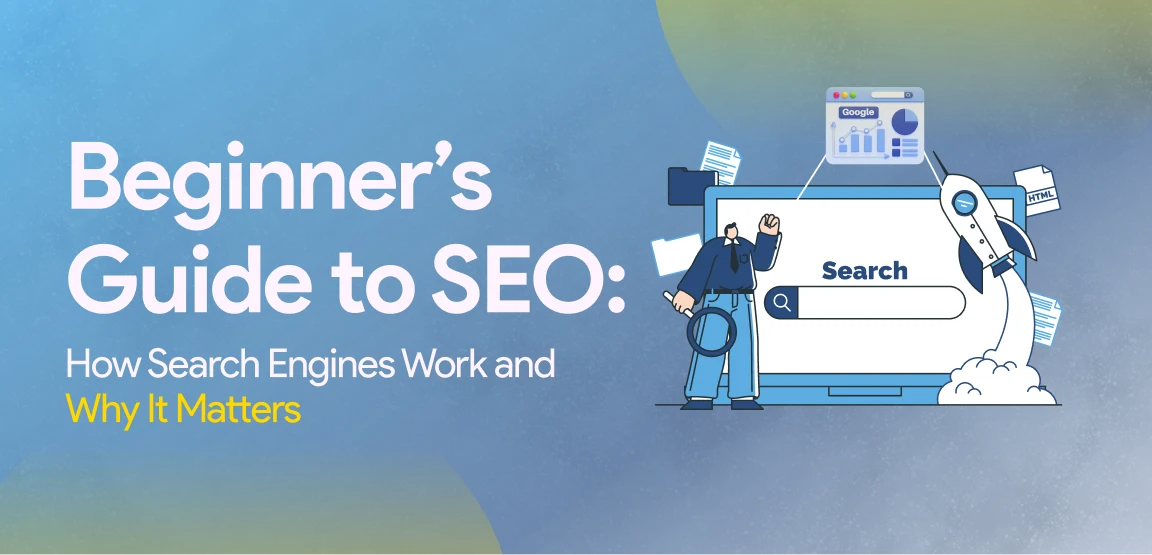Search Engine Optimization (SEO) can feel intimidating, especially if you’re just getting started. There’s so much jargon, so many tools, and endless advice floating around online. But here’s the good news: you don’t need to be an expert to understand the basics. In fact, understanding how search engines work and why SEO matters is the first (and most important) step.
This guide will walk you through everything in simple, practical terms. By the end, you’ll not only understand how search engines work but also how SEO can drive more traffic, build trust, and make your website work harder for you.
What is SEO
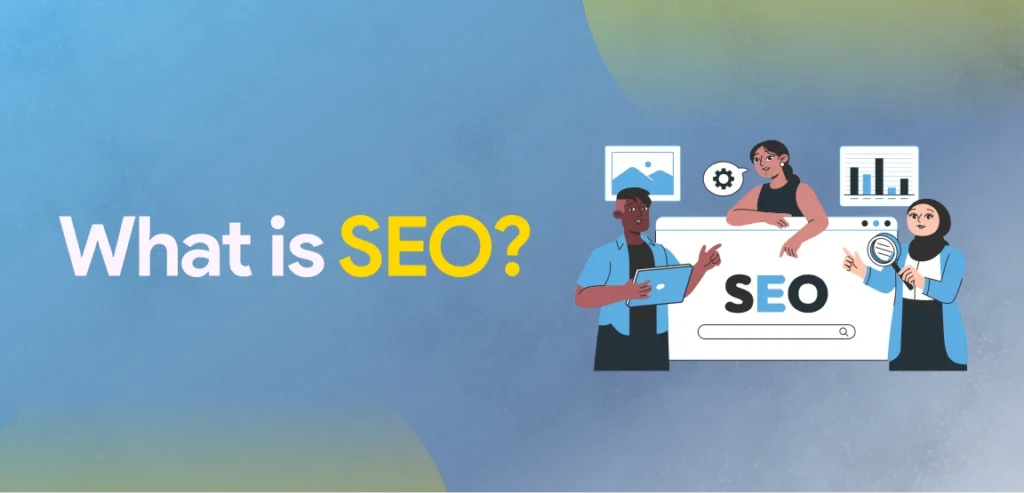
Search Engine Optimization (SEO) is a process of optimizing your website with the goal of improving your rankings in search engine results and driving more organic (non-paid) traffic.
The concept of SEO dates back to the 1990s, when the first search engines began organizing and indexing websites.
Since then, SEO has evolved into an essential marketing strategy and a dynamic, ever-growing industry.
It’s important to note that SEO focuses exclusively on organic search results, meaning those listings that aren’t influenced by paid advertisements.
While SEO and Pay-Per-Click (PPC) advertising are both components of Search Engine Marketing (SEM), they serve different purposes.
SEO is all about improving visibility naturally, whereas PPC relies on paid strategies to appear at the top of the results page.
How Search Engines Work
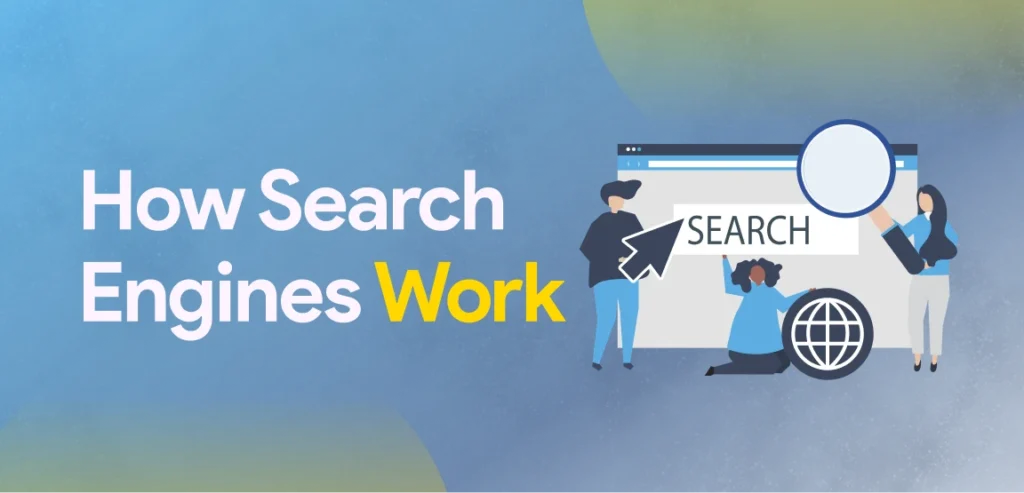
Understanding how search engines work is the foundation of SEO. Think of search engines like massive libraries. Instead of cataloging books, they organize web pages so that users can find exactly what they’re looking for.
Here’s a breakdown of the three main steps:
Step 1: Crawling
Crawling is how search engines discover content on the internet. They use automated bots called “crawlers” or “spiders” to scan websites. These crawlers hop from page to page using links, gathering data about the content on each page.
Your takeaway: If your website isn’t crawlable, search engines can’t discover it.
Practical steps:
1. Submit a sitemap: A sitemap is like a roadmap for crawlers. It tells them what pages exist on your site. You can easily create one using tools like Yoast SEO or XML Sitemap Generator. Here is a simple guide on how to submit a sitemap on google.
2. Fix broken links: Broken links act like dead ends, stopping crawlers from exploring your site. Regularly audit your links using tools like Screaming Frog.
3. Use internal links: Guide crawlers (and users) by linking to other relevant pages on your site.
Step 2: Indexing
After crawling your site, search engines organize and store your content in their massive database, called the index. When a user types a query, search engines pull information from this index to display the most relevant results.
Your takeaway: If your pages aren’t indexed, they won’t appear in search results.
Practical steps:
1. Use structured data: This helps search engines understand your content better. For example, structured data can tell Google if a page is a blog post, product page, or FAQ.
2. Avoid duplicate content: If multiple pages on your site have the same or very similar content, search engines may ignore them.
3. Check indexing status: Use Google Search Console to see which pages are indexed and identify any issues.
Step 3: Ranking
Once your pages are indexed, search engines rank them based on relevance and quality. Think of ranking as a competition—search engines evaluate hundreds of factors to decide which page deserves the top spot for a particular query.
Your takeaway: To rank higher, your content must be relevant, user-friendly, and trustworthy.
Practical steps:
- Target relevant keywords: Understand what your audience is searching for and use those terms naturally in your content.
- Optimize for user experience: Fast-loading, mobile-friendly sites with engaging content tend to rank higher.
- Build authority: Backlinks from reputable sites signal to search engines that your site is trustworthy.
Why SEO Matters for Your Website

Now that you know how search engines work, let’s talk about why SEO is worth your time. Here are some key reasons:
1. Increased Website Traffic
Think about the last time you searched for something online. Did you scroll to the second page of results? Probably not. Most people click on one of the top three results.
If you own a bakery in Seattle. By optimizing your site for terms like “best bakery in Seattle” or “fresh bread near me,” you can appear at the top of search results when locals search for those terms.
Use tools like Google Keyword Planner to find keywords with high search volume and low competition.
2. Building Trust and Credibility
Ranking on the first page isn’t just about visibility; it’s about trust. Users tend to trust sites that appear at the top of search results.
If your content consistently answers user questions or solves problems, you’ll be seen as an authority in your industry.
Create valuable content, like how-to guides or FAQs, that directly address your audience’s needs.
3. Cost-Effectiveness
SEO is one of the most cost-effective ways to drive traffic. Unlike paid ads, which stop working the moment you stop paying, SEO builds long-term momentum.
A blog post you optimize today can continue to bring traffic for months or even years.
Start with free tools like Google Search Console to identify quick wins, such as fixing indexing issues or optimizing poorly performing pages.
Core SEO Practices for Beginners
If you’re new to SEO, starting with the fundamentals will set you on the right path.
These practices cover the essential steps to optimize your website, improve visibility, and build a strong foundation for long-term success.
1. Keyword Research
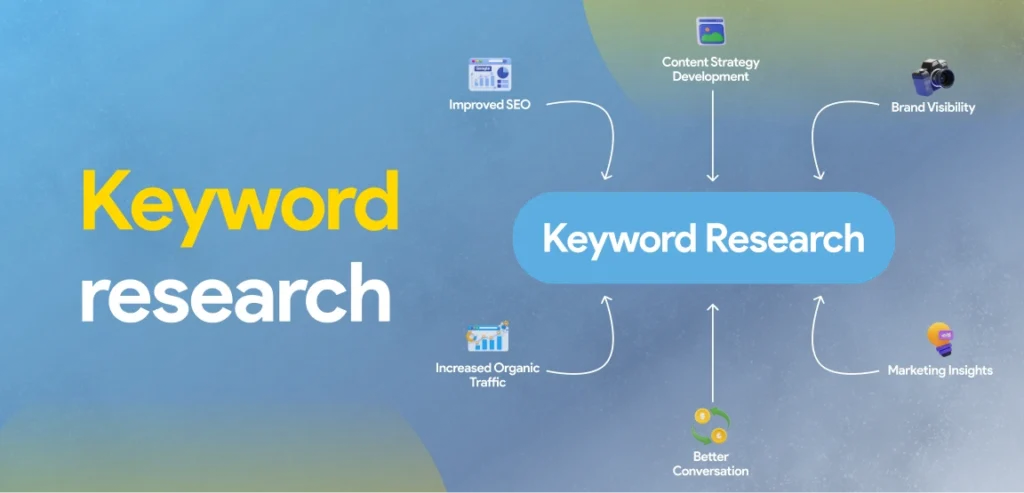
Keyword research is identifying the words and phrases people type into search engines when looking for information. It’s the foundation of SEO because it tells you what topics your audience cares about.
How to Perform Keyword Research:
1. Brainstorm Topics: List out subjects relevant to your business or niche. For example a bakery might list topics like “cakes,” “bread recipes,” and “birthday cakes.”
2. Use Keyword Tools: Leverage tools like Google Keyword Planner, Ubersuggest, or SEMrush to find popular search terms. For instance “Best gluten-free bread” might show a high search volume with manageable competition.
3. Target Long-Tail Keywords: Focus on specific phrases like “easy sourdough recipe for beginners” instead of broad terms like “bread.” These are less competitive and often convert better.
Group related keywords together and create content that addresses multiple related terms.
2. On-Page SEO

On-page SEO refers to the optimization of content and HTML elements on a specific page. This ensures search engines understand your page and users find it valuable.
Essential On-Page Elements:
- Title Tag:
Place your primary keyword close to the beginning.
Keep it under 60 characters for better visibility in search results.
Example: “10 Easy Cake Recipes for Beginners.”
- Meta Description:
Write a compelling summary of your page (under 160 characters).
Include a call to action like “Discover the perfect dessert for every occasion!”
- Headers (H1, H2, H3):
Use H1 for your page title and H2/H3 for subheadings.
Make subheadings descriptive and engaging for readability.
- Content Optimization:
Naturally incorporate your primary keyword and related terms.
Answer common user questions and solve problems directly.
- Internal Links:
Link to other pages on your site to guide users and spread link equity.
Example: “Looking for bread recipes? Check out our guide to making sourdough bread.”
- Images and Alt Text:
Optimize image file names (e.g., “gluten-free-cake.jpg”).
Add descriptive alt text for accessibility and SEO.
3. Technical SEO
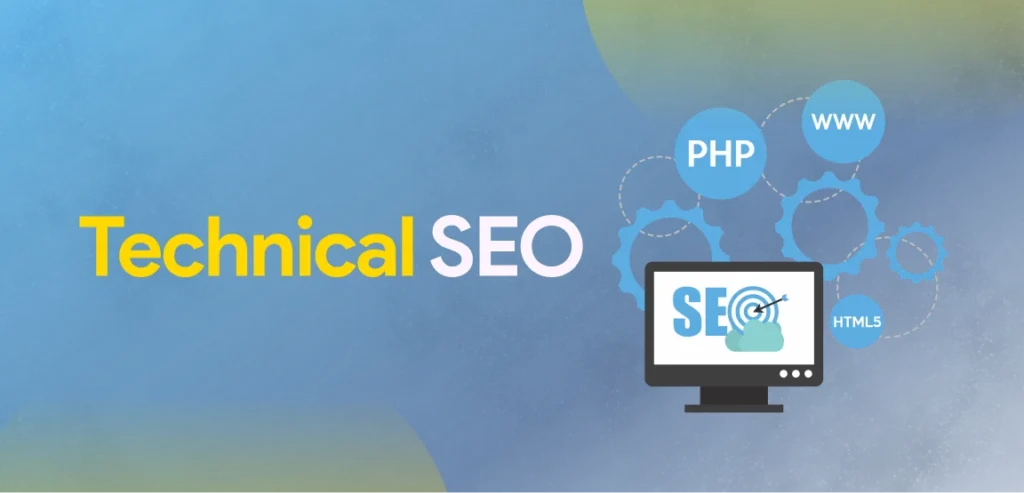
Technical SEO focuses on the backend of your site to ensure it’s easy for search engines to crawl, index, and rank.
Key Technical SEO Practices:
- Page Speed:
Use tools like Google PageSpeed Insights to identify issues.
Compress images, minimize CSS/JavaScript files, and enable caching.
- Mobile-Friendliness:
Test your site’s mobile usability with Google’s Mobile-Friendly Test.
Ensure navigation, font sizes, and buttons are optimized for smaller screens.
- Secure Your Site (HTTPS):
Use an SSL certificate to encrypt data and build trust.
Sites with HTTPS get a small ranking boost in Google.
- Fix Broken Links:
Regularly audit your site for 404 errors and fix broken links.
Tools like Screaming Frog can help with this process.
- Create and Submit a Sitemap:
A sitemap helps search engines discover all your pages.
Generate one with tools like Yoast SEO and submit it to Google Search Console.
4. Content Optimization
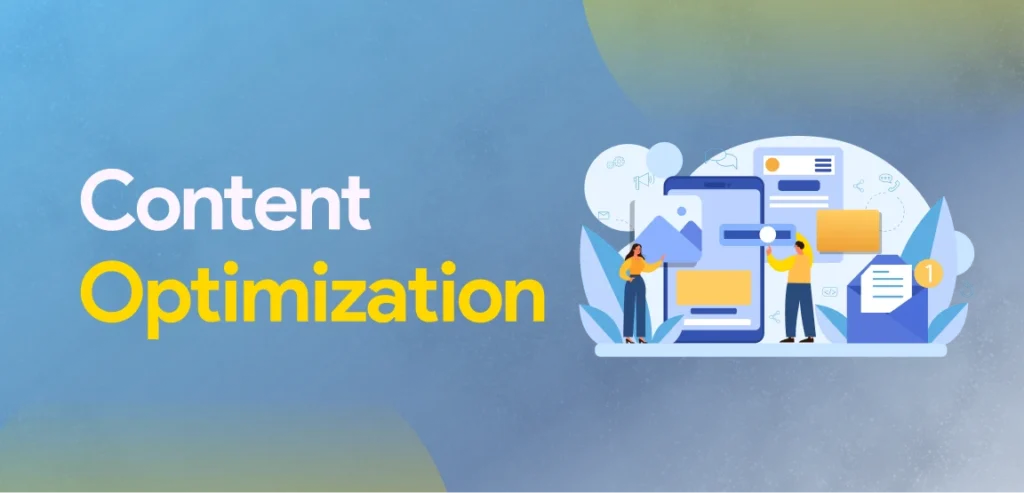
Content is king in SEO, and high-quality, relevant content can set your site apart.
How to Optimize Content:
- Create Unique, Valuable Content:
- Address user pain points, solve problems, or entertain.
- Example: Write a comprehensive guide on “How to Plan a Wedding Cake Step by Step.”
- Focus on Readability:
- Break content into short paragraphs.
- Use bullet points, bold text, and visuals to improve engagement.
- Incorporate Multimedia:
- Include videos, images, and infographics to make content more engaging.
- Example: Embed a video tutorial on decorating cakes.
- Answer Questions Directly:
- Many users search for answers. Be the source they turn to by addressing FAQs.
5. Off-Page SEO

Off-page SEO involves actions taken outside your website to improve its authority and reputation, primarily through backlinks.
How to Build Backlinks:
- Guest Blogging: Write articles for reputable sites in your niche and include a link to your site.
- Broken Link Building: Find broken links on other websites and suggest your content as a replacement.
- Social Media Sharing: Share your content on platforms like Facebook, Twitter, or Pinterest to attract attention and potential backlinks.
Pro Tip: Focus on quality, not quantity. A single backlink from a reputable site can be more valuable than dozens of links from low-quality sites.
6. Tracking and Measuring Your Progress
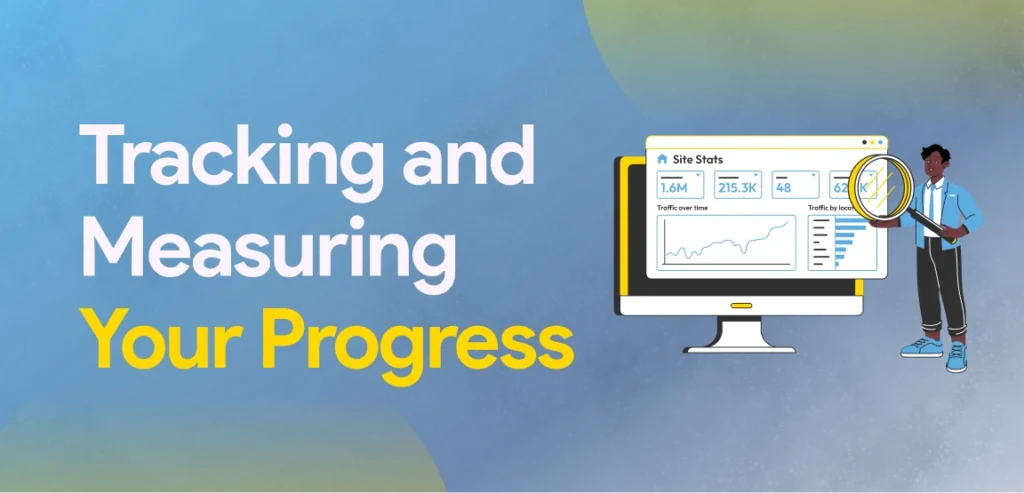
SEO is not a one-time task. Regularly track your performance to understand what’s working and where you can improve.
Key Metrics to Monitor:
- Organic Traffic: Use Google Analytics to track how many visitors come from search engines.
- Keyword Rankings: Tools like Ahrefs or SEMrush can help you monitor keyword positions.
- Backlinks: Use tools like Moz or Ahrefs to track your backlink profile.
- Bounce Rate: A high bounce rate may indicate that visitors aren’t finding what they’re looking for.
Common Misconceptions About SEO
Let’s clear up some common myths:
1. SEO Is a One-Time Task
Many people think SEO is something you set up once and forget. The truth? SEO is an ongoing process.
Why: Algorithms change, and so do user behaviors. Staying updated is key.
2. Keyword Stuffing Works
Stuffing a page with keywords might have worked 15 years ago, but now it’s a surefire way to get penalized.
Why: Search engines prioritize content that feels natural and provides real value to users.
3. More Backlinks Are Better
Quality beats quantity every time. One backlink from a reputable site is worth more than 100 links from low-quality sites.
Tools to Start Your SEO Journey
Here are some beginner-friendly tools:
- Google Analytics: Track traffic and see where your visitors are coming from.
- Google Search Console: Identify and fix indexing issues.
- Yoast SEO: Optimize on-page SEO directly in WordPress.
- SEMrush or Ahrefs: Analyze keywords, backlinks, and competitors.
Key Takeaway
SEO doesn’t have to be overwhelming. Start small. Optimize one page. Research a few keywords. Over time, these small actions will add up to big results.
Remember: SEO isn’t about gaming the system. It’s about creating content that serves your audience. When you focus on their needs, search engines will reward you.
Ready to dive in?


